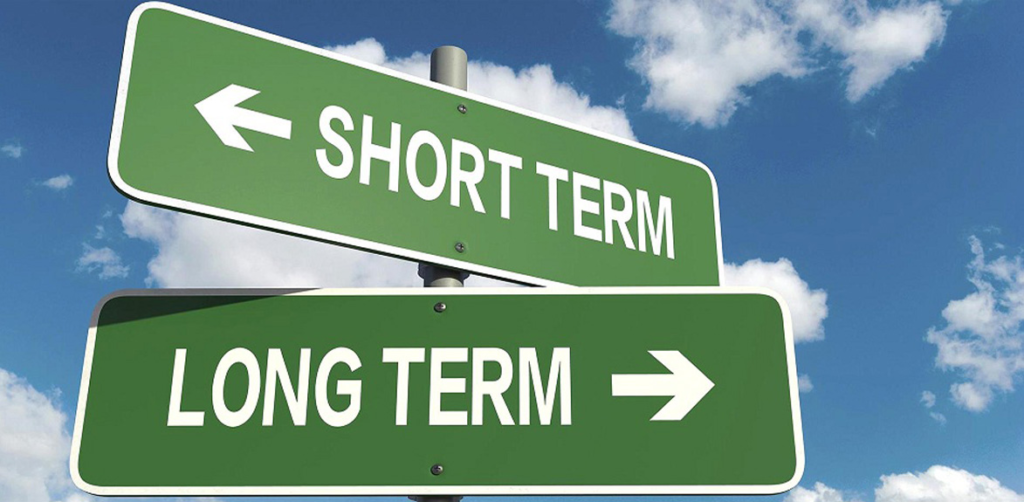Automatable House Rental Receipt Template


Renting out a property can be a great way to generate passive income. However, as a landlord, it’s essential to keep proper records of your rental payments. A rent receipt is one of the most important documents that a landlord should provide tenants at the end of every rental payment. A rent receipt is a legal document that serves as proof of payment between the landlord and the tenant. It’s important to provide a detailed rent receipt to your tenants and to understand the basic requirements that should be included on the document. In this article, we’ve outlined a basic rent receipt template that can be used by landlords to create their own rent receipts.
1. Basic Information:
The rent receipt should contain the fundamental information of the rental payment. It should include the date the payment was made, the amount paid, the name of the tenant, and the name of the landlord. It’s important to provide all the basic information about the tenant and landlord to avoid any confusion.
2. Property Details:
The rent receipt should also contain information about the property that was rented. It should include the address of the rental property, the date that the lease was signed, and the date that the tenancy began. By including this information, it’s easy to distinguish between different rental properties and to keep track of rental payments.
3. Payment Details:
The payment section should contain the amount paid by the tenant, the payment method used, and the total amount of rent received by the landlord for that month. The payment method section should include whether the payment was made by cash, check or bank transfer. By providing this information, it makes it easier to track down previous payments in case of any discrepancies.
4. Signature Section:
The signature section is a critical part of the rent receipt. Both the landlord and tenant should sign the rent receipt to show that the payment was made and received. It’s important to have a signature section on the receipt as it provides a level of authenticity and proof that the payment was made.
5. Additional Details:
Lastly, landlords can add any additional details they feel are necessary on the rent receipt. For example, they can add important dates for rent increases, late fees, or any specifics regarding the property or tenancy. Any information added should be clear and concise and not take away from the basic information required on the rent receipt.
In Short:
Providing a rent receipt to tenants is an essential part of being a landlord. It serves as a legally binding document that ensures both the tenant and the landlord have proof of payment. By using the basic rent receipt template, landlords can create a clear and concise receipt that includes all the necessary information. Keeping track of rental payments is critical for landlords, and having a proper rent receipt system in place will make the process far more manageable. A rent receipt not only protects you as a landlord but also serves as a professional practice that makes it easier for tenants to trust and respect you as their landlord.



